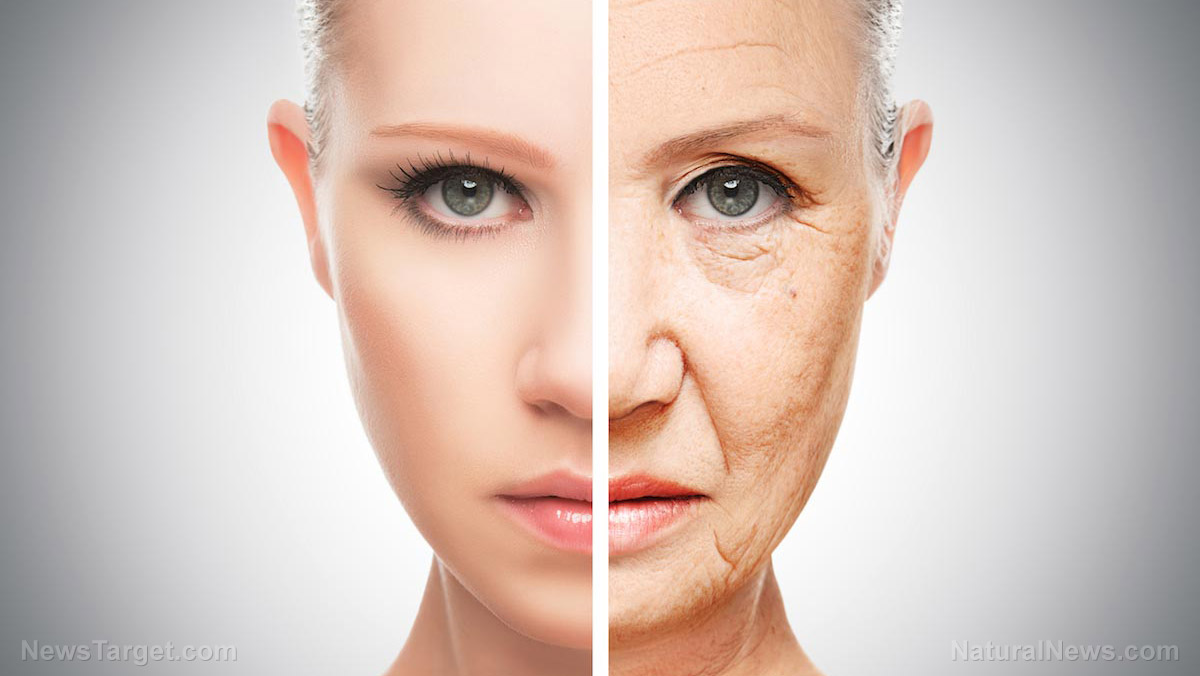Is this hair test the key to revealing a hormone imbalance?
03/12/2019 / By Rhonda Johansson

A hair tissue mineral analysis (hTMA) can be a better indicator of a hormone imbalance than a traditional blood test. Certified Nutrition and Wellness counselor, Sue Hughes, recommends this non-invasive procedure to her patients to determine not only if they have a hormonal imbalance but what hormones are not at their correct levels. As the name suggests, a quarter inch of hair is tested and analyzed for various minerals. These levels give a glimpse into your unique biochemistry and determine whether or not there is a hormone imbalance. Lab results influence proper treatment or therapy plans, including correct supplementation and nutritional recommendations.
Hormones and hair?
It is standard protocol to take several blood or urine tests to determine hormones levels. However, according to Hughes, a hTMA is more than enough — and arguably more conclusive — than these procedures. The minerals in your hair are reflective of the mineral makeup of your body. The analysis shows if you are correctly absorbing the nutrients in your food and if your body is converting these nutrients into energy.
Minerals are catalysts to various chemical reactions in the body. They regulate stress responses and assure healthy immune function, among other vital processes. These minerals interact with each other and are necessary for hormone production. Likewise, hormones influence mineral levels in the body. For instance, when we are stressed, our adrenal glands produce the stress hormone cortisol. This specific hormone needs minerals like sodium to be effective. Cortisol burns through sodium levels quickly, sometimes creating an imbalance that can also affect the reproductive hormone balance. In response, other organs produce more hormones which need different minerals to survive; this is how stress depletes the body of minerals. It becomes a vicious cycle. Not having enough minerals causes stress in the body, which increases the need for even more minerals. When mineral levels are too low, it can indicate a hormone imbalance, a nutritional deficiency, or toxicity. An hTMA will show nutritional deficiencies, including mineral levels, and any persistent toxins, such as heavy metals, that could be contributing to imbalances or health challenges.
100% organic essential oil sets now available for your home and personal care, including Rosemary, Oregano, Eucalyptus, Tea Tree, Clary Sage and more, all 100% organic and laboratory tested for safety. A multitude of uses, from stress reduction to topical first aid. See the complete listing here, and help support this news site.
So why not a blood test, you ask? Blood tests, Hughes says, tell only “part of the story.” Remember your early biology classes and learning that blood is the transport medium of glucose and oxygen? It brings these essential compounds to every part of the body, where cells convert them into usable energy. Blood also carries waste products away from the tissues and cells. It is crucial that blood keeps its stability. If, for example, the blood is deficient in calcium, it would pull calcium from tissues and bones to correct itself. This means you could potentially have a mineral deficiency within your tissues while blood nutrient levels remain normal. Hair, on the other hand, is more static, merely accepting its current mineral supply.
The importance of root-preventive therapy
Wellness experts constantly teach their clients the importance of root-prevention therapy. Instead of alleviating symptoms (as with prescription medicine), conditions should be corrected entirely by addressing the foundation, or root cause. Thus, practicing good lifestyle habits is essential. Eating the right food, exercising regularly, and having good, solid social relationships are key to a happier and healthier life. That being said, it is also necessary for you to be aware of your current physical condition. Ignorance is never bliss when it comes to health. Knowing if you have a hormone imbalance is essential to determining corrective or preventive measures. More importantly, you should know which minerals you need to replenish to achieve balance.
A hTMA can be the solution. Take note that this test is only the first step towards overall well-being. Whatever the results show should be used as a starting point for addressing your health challenges. Correcting a hormone imbalance has a cascading effect to your health. Achieving balance will improve in your overall energy, blood sugar and blood pressure levels, among other things.
It is important to note that hair coloring will affect an hTMA. Wait for at least a growth of a quarter inch of natural hair before attempting this procedure.
Sources include:
Tagged Under: hair test, hormone imbalance, hormones, longevity, prevention, root preventive therapy, wellness therapy, women's health




















